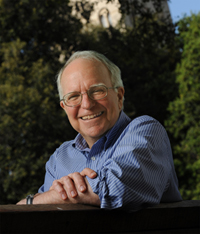

Research
BPEA | 1991 No. 2
1991, No. 2
A LONG-STANDING, positive relationship between the economic wellbeing
of the poor and the growth of the economy has changed. In the
1960s rapid economic growth and a relatively stable macroeconomy
were associated with a 10 percentage point reduction in the proportion
of people living below the official poverty line. Unstable macroeconomic
conditions in the 1970s were associated with no progress against
poverty, and the recession of the early 1980s brought substantial increases
in poverty. Despite a sustained macroeconomic expansion from
1983 to 1989, however, poverty reduction was only moderate. The poverty
rate in 1989, for example, was more than 1 percentage point higher
in 1989 than in 1979. Thus, although the experience of the 1960s had suggested
that a “rising tide raises all boats,” persistent poverty in the 1980s
indicates a weakening in the trickle-down mechanism.
In this paper, we explore how disadvantaged individuals and families
(those in the lower part of the income distribution)f ared from the economic
growth of the 1980s. We start by documenting the seeming ineffectiveness
of macroeconomic growth to help the disadvantaged during
this period. Movements in both the poverty rate and family income inequality
indicate a break in the relationship between macroeconomic performance and inequality beginning about 1983. Forecasts of poverty
rates and family income shares based on equations estimated with data
through 1983 underpredict poverty in 1989 by 2.1 to 3.4 percentage
points and substantially overpredict the share of income accruing to the
lowest quintile.